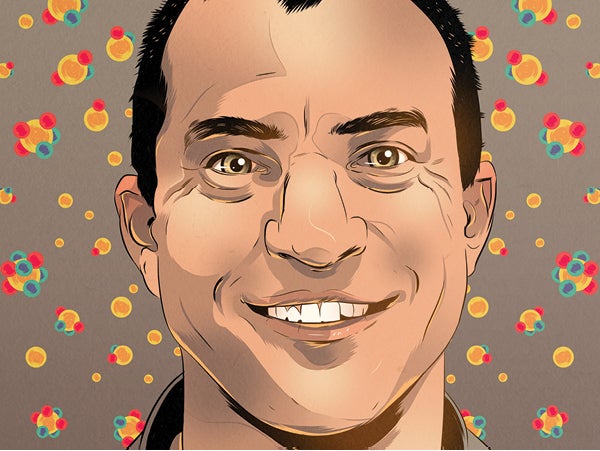Brilliant 10: Zev Gartner Builds Tissues That Snap Together Like Legos
He's also changing the way we understand cancer


Zev Gartner
As a chemistry graduate student, Zev Gartner attended a biology class that changed his career. That’s where he learned that the way cells are physically arranged in tissue can change how they behave—and whether they become malignant. “That concept was fascinating,” he says. Gartner now builds tissue in his lab at the University of California at San Francisco, where he’s a chemical biologist. By more accurately reproducing how cells grow in the body, he hopes to learn why the structure of tissue is so important to human health.
Most methods for creating lab-grown tissue are imprecise, generating tiny samples that are all a bit different. Gartner developed a more elegant strategy: He exposes cells to pieces of sticky DNA that insert themselves into the cell membrane. Each of these DNA links attaches only to others that complement its particular sequence. By varying the links, Gartner can assemble tissue layer by layer like Legos, in exact structures. This allows him to make thousands of samples that are nearly identical, down to the specific arrangement of cells.
As a result, Gartner can control experiments to a degree previously impossible, exposing identical tissues to different therapies. He can also study how tissue changes with disease. Gartner suspects that when cells become cancerous, the way they attach to each other morphs. So recently he built breast tissue with two cell types to study how they interact. “If we understand how cells assemble,” Gartner says, “we can understand what it is that lets a tissue break down and become metastatic”—a new understanding of cancer itself.
Every year, Popular Science honors the 10 brightest young minds who are reshaping science, engineering, and the world. Check out the rest of this year’s Brilliant 10 here.